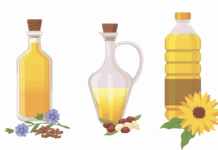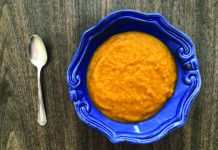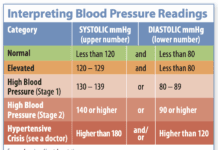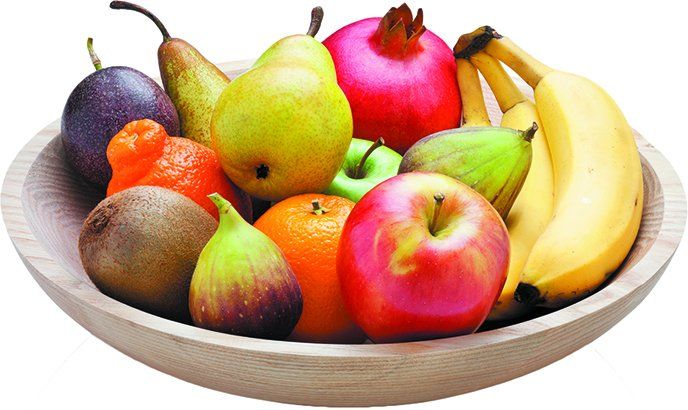If you need more motivation to substitute an apple or a pear for that bag of chips or indulgent dessert, a new Chinese study might help you reach for the fruit bowl or bag of berries in the freezer. In the most comprehensive such research to date, following a half-million people for seven years, greater fruit consumption was associated with lower risk of heart attack and stroke. Consuming about 3.5 ounces of fruit daily was associated with about a one-third lower risk of death from cardiovascular causes. The study focused on fresh fruit, because that was what was available, but the findings should apply to other forms, such as frozen.
How much is 3.5 ounces of fruit? That’s roughly one cup of sliced fruit like apples or peaches, or one small whole fruit or 20 grapes. If you prefer berries, it’s a little less than a full cup. In short, you don’t have to consume a whole orchard.
And when you do eat fruit, make sure that it’s in place of something less healthy and nutritious – even good-for-you fruit has calories. “Simply adding 3.5 ounces of fruit to your diet every day won’t do the trick; it will just cause weight gain,” says Alice H. Lichtenstein, DSc, director of Tufts’ HNRCA Cardiovascular Nutrition Laboratory.
Dreamstime.com
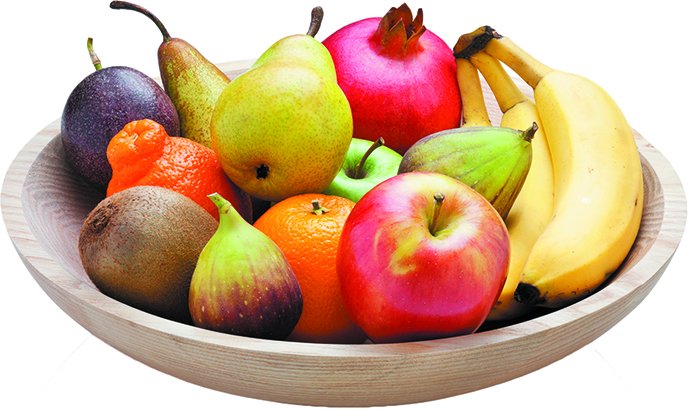
FOCUS ON CHINA: The study, published in the New England Journal of Medicine, was noteworthy because it focused on a population where fruit consumption is less common than in the US. Among the 512,891 adults, ages 30 to 79 years, recruited from 10 diverse localities in China, only 18% reported eating fresh fruit daily. Participants were initially free of cardiovascular disease and were not being treated for high blood pressure.
“The average level of fruit consumption in the Chinese population is very low,” researchers noted, “and there is evidence that the association of fruit consumption with [reduced] disease risks may be particularly strong at the low end of the range of intake (i.e. fewer than two servings per day).” If potential heart benefits are greatest in going from eating little or no fruit to one or two daily servings – rather than adding more to an already fruit-heavy diet – this study would find it.
PART OF A PATTERN: Indeed, both women and men who ate fresh fruit daily were 40% less likely to die of cardiovascular disease and 34% less likely to die of major coronary events than those eating no fruit. Daily fruit eaters were also at lower risk of dying from stroke. The more often participants consumed fruit, the lower the risk.
Similar studies in Western countries have found weaker associations between fruit consumption and cardiovascular risk.
Although the Chinese study adjusted for an array of risk factors, Tufts’ Lichtenstein says it’s important to note that people who ate more fruit in the study were more likely to be female, urban, better educated and wealthier; fruit eaters also smoked less, drank less alcohol, ate fewer preserved vegetables high in salt, and consumed more dairy. She points out, “This makes it difficult to determine whether it was the fruit that caused the benefits or fruit was an indicator of a healthy diet and lifestyle.”
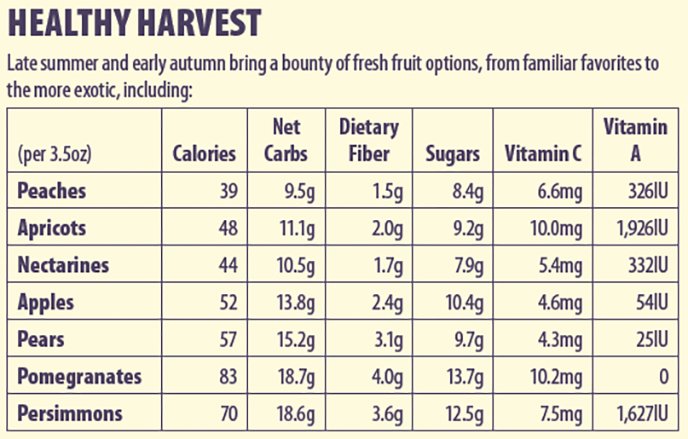
So the takeaway isn’t simply that you should load up your grocery cart in the fresh-fruit section, fill your freezer with fruit or stock up on dried fruit. Fruit – like vegetables – is an important part of an overall healthy dietary pattern, and eating fruit can take the place of less-healthy choices. But simply adding fruit to your plate – choosing a banana split instead of a hot fudge sundae – isn’t a magic recipe for longevity.
TO LEARN MORE: New England Journal of Medicine, April 7, 2016 –
http://www.nejm.org/doi/full/10.1056/NEJMoa1501451#t=article
How much fruit do you need? The governments Choose MyPlate website
Women
19-30 years old2 cups
31+ years old1 1/2 cups
Men
19+ years old2 cups
What counts as a “cup”? In general, 1 cup of fruit or 100% fruit juice, or 1/2 cup of dried fruit can be considered as 1 cup of fruit. For whole fruit, count as 1 cup: 1 small apple, 1 medium pear, 1 large banana or orange, 3 medium or 2 small plums.

